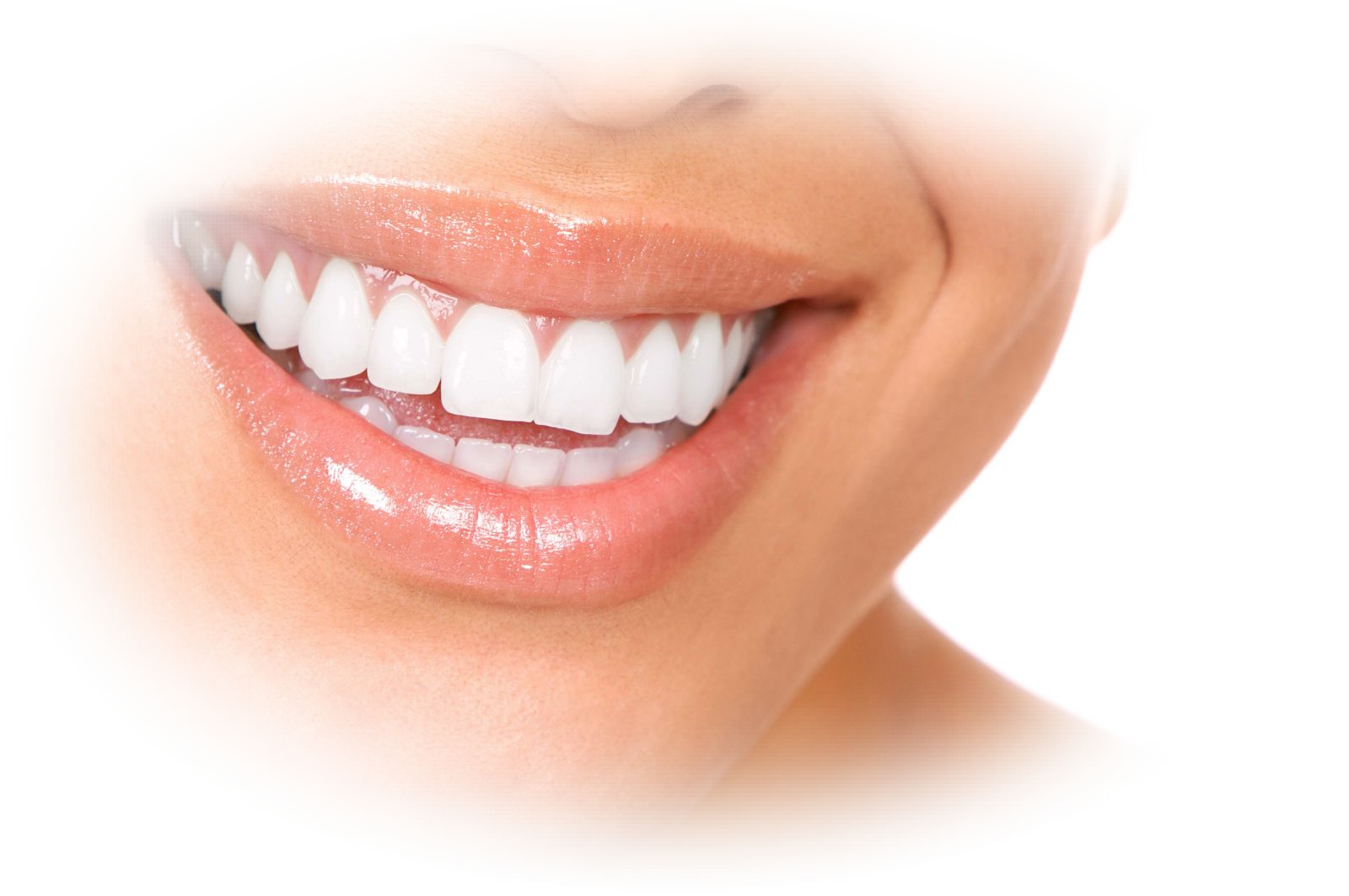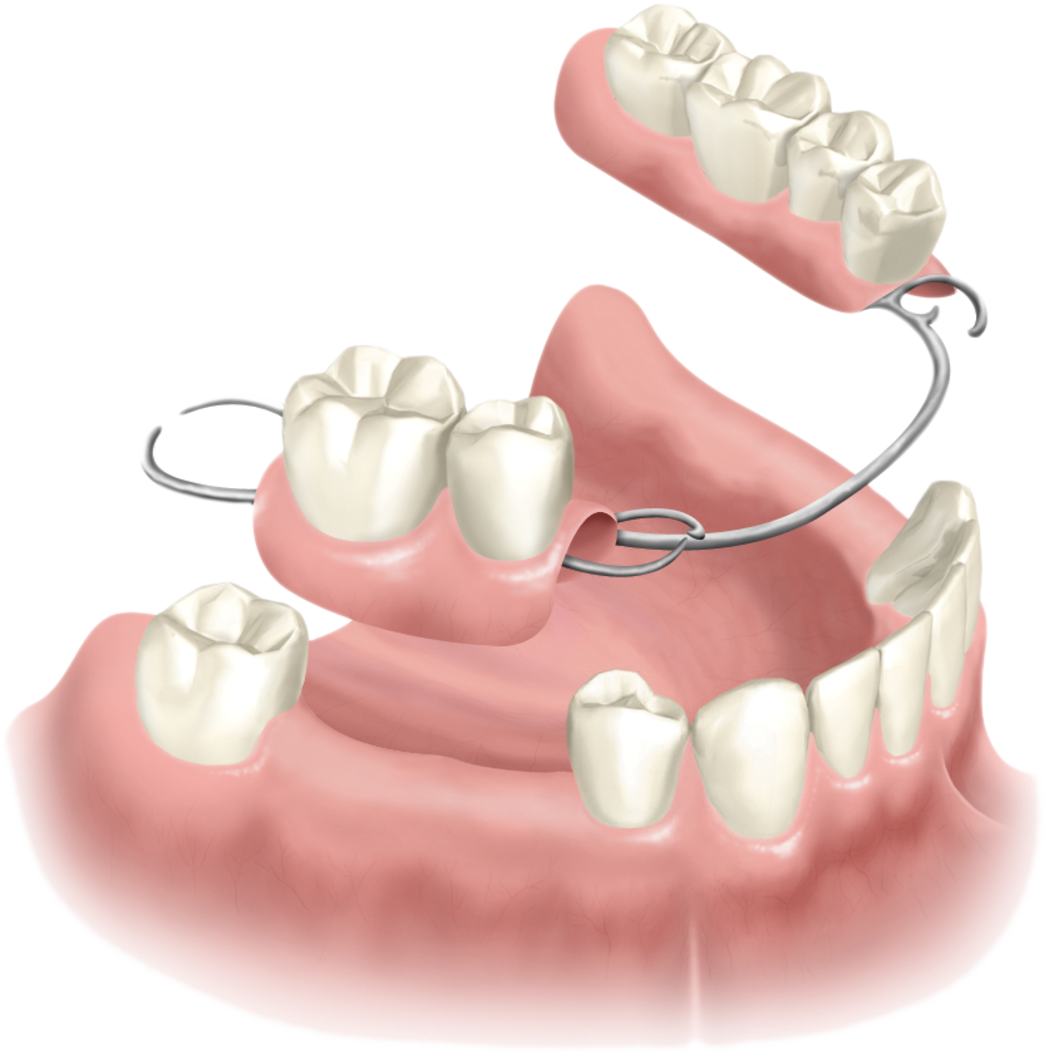Full & Partial Dentures
A denture, or a complete denture as it is often called, is an appliance that is inserted in the mouth that replaces natural teeth and provides support for the cheeks and lips.
Dentures are beneficial in multiple ways:
- Mastication – chewing ability is improved by replacing missing teeth with dentures.
- Aesthetics – dentures not only restore a natural and attractive appearance to the teeth, but can also correct the collapsed exterior of lips and cheeks that occurs after losing teeth.
- Confidence – a healthy and beautiful-looking smile will help the patient feel more confident and attractive.
- Phonetics – by replacing missing teeth, patients will be able to better pronounce certain words that require the use of teeth to speak.





